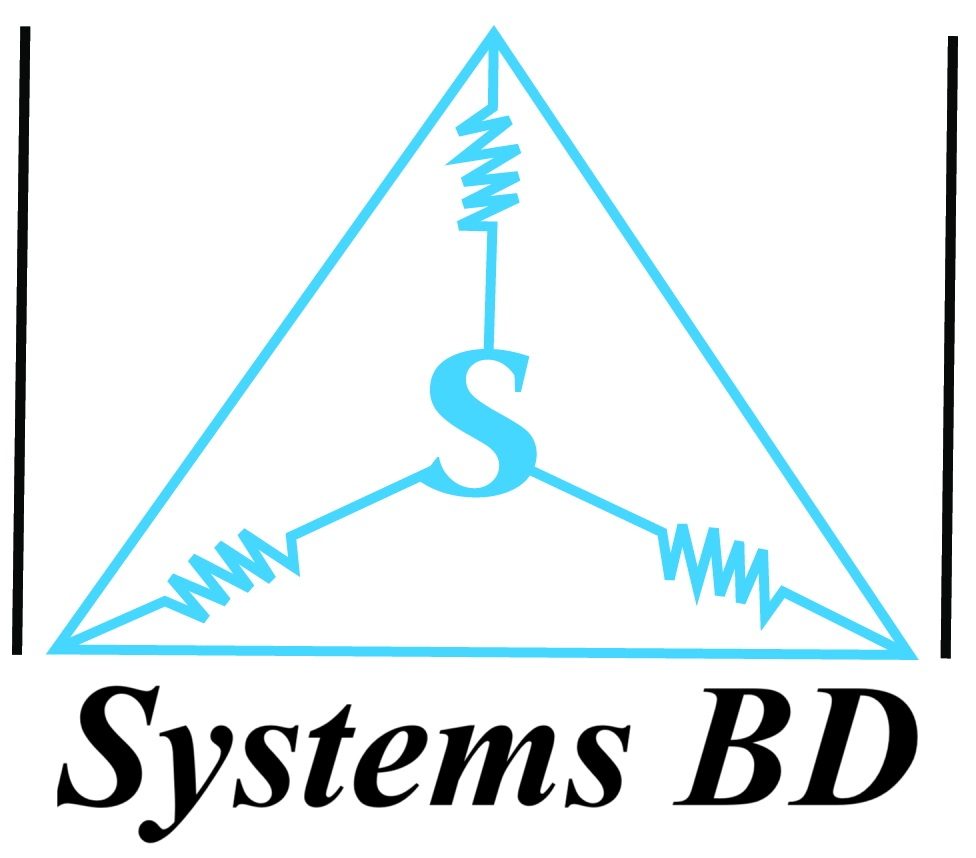🌐 Pharma Granulation Solutions:

Precision Meets Performance with Systems BD
At Systems BD, we provide state-of-the-art wet and dry granulation equipment for pharmaceutical manufacturing — sourced from world-renowned manufacturers and designed to meet the stringent demands of modern drug production. Whether you’re scaling up or enhancing process efficiency, our granulation solutions deliver uniformity, reliability, and compliance.
🔍 What is Granulation in Pharma?
Granulation is the process of forming larger, multi-particle entities (granules) from powders. It improves:
- Powder flow properties
- Compressibility for tablet formation
- Uniformity of drug content
- Dust control for safer processing
There are two main types of granulation methods in pharmaceuticals:
💧 Wet Granulation Systems
🧱 Dry Granulation Systems
Granulation systems by SYSTEMS BD:
In the area of granulation systems for the pharmaceutical industry, Systems BD offers a comprehensive product range. No matter if wet or dry granulation, we have the right solution for your needs. We increase the productivity of your industry by transforming crystallized or amorphous powder particles into solid aggregates, resistant and porous.
All granulation systems ensure easy and efficient processing. These properties apply to the entire granulator range from laboratory granulator to production scale single pot granulators with batches of up to 750 kg .
We offer many options and product expansions for wet and dry granulation. The systems are easily configured for customized or special applications.”
The benefits of our granulation systems at a glance:
- Comprehensive product range: Wet and dry granulation
- Easy operation, quick cleaning
- Highly economic, resource-protecting, and efficient
- Systems in the lab and production scale
- Numerous options and product expansions
💧 Wet Granulation Systems
The most widely used method for enhancing powder properties. In pharmaceutical manufacturing, wet granulation is a key process that improves powder properties to ensure better flowability, compressibility, and content uniformity for tablet or capsule production. There are several types of wet granulation systems, each tailored to different scales, product characteristics, and regulatory requirements.
Here’s a detailed overview of the major types of wet granulation systems used in the pharma industry:
✅ Ideal For:
- Moisture-sensitive APIs that require binder solutions
- Complex formulations needing precise control
🔧 Solutions We Offer:
Integrated Conventional Granulation Suite
An Integrated Conventional Granulation Suite in pharmaceutical manufacturing is an enhanced, automated version of the traditional (conventional) granulation suite. It is designed to seamlessly integrate all key granulation operations—from dispensing to drying and milling—within a compact, fully connected system that maintains the principles of cleanroom compliance, cGMP standards, and operational efficiency.
This suite is especially relevant for Oral Solid Dosage (OSD) production, and is increasingly preferred for medium to large-scale manufacturing where space optimization, automation, material containment, and batch traceability are priorities.

It’s a closed, streamlined system that integrates various granulation process steps:
1. Mixing Powders:
Equipment: Double cone blender, Sigma Mixer/Spiral Mixer/Ribbon Mixer, Plough mixer, Bin Blender, V type blender.
Purpose: Achieve uniform mixing of the active pharmaceutical ingredient (API) and excipients before the wetting/kneading step.
2. Wet Granulation (Kneading/Wetting):
Equipment: Low-shear Mixer Granulator (e.g., Ribbon mixer, Plough mixer), High Shear Mixer Granulator (e.g., Rapid Mixing Granulator (RMG)).
Purpose: Add the binder solution to the mixed powders to form the wet mass/granules.
3. Wet Sieving (optional):
Equipment: Wet Mill, manual sieves, Oscillating Granulator, Wet Granulator.
Purpose: Break down the wet mass formed during the kneading process to achieve the desired granule size.
4. Drying:
Equipment: Fluidized bed dryer (FBD), Tray dryer.
Purpose: Remove moisture from the wet granules, typically using hot air.
5. Dry Sieving and Milling:
Equipment: Conical Mill, Oscillating Granulator, Multi Mill /Fitz Mill, sieves.
Purpose: Further size reduction of the granules and removal of any lumps.
6. Final Mixing:
Equipment: Double cone blender, Sigma mixer, Bin blenders, Cube Mixer.
Purpose: Combine the dried granules with lubricating and disintegrating agents before compression.
Compact Granulation System:
Smart, Space-Saving, and Fully Integrated.
Compact Granulation Systems are the future of efficient, GMP-compliant pharmaceutical manufacturing—delivering all the functionality of a full granulation line in a minimal footprint. At Systems BD, we bring you cutting-edge compact granulation solutions sourced from renowned global manufacturers, built to meet the evolving needs of modern Oral Solid Dosage (OSD) production.

Benefits of the Compact Unit:
- High-Shear Granulator and fluidized bed granulator next to each other
- A complete fluidization of the particles. Tangential particle motion achieves a uniform film coating.
- Small footprint and minimal installation height
- Multi-purpose use for a variety of processes
- One single control panel is used to control both machines
- WIP cleaning guarantees fast cleaning times
- Highest product quality
- Single-Pot Granulator:
Single-Pot Granulator:
Single-pot granulation has been used in the pharmaceutical industry for decades. Single-pot granulation combines the mixing, high-shear wet granulation and drying (vacuum drying, carrier-gas drying, or microwave drying) all in one process bowl.
Our single-pot granulation portfolio includes R&D systems for small production volumes as well as production-scale systems.

Benefits of the Single Pot Granulator
- Safe production inside a closed bowl in a vacuum
- High mixing and granulation efficiency (even for low doses of active agents at < 1%)
- Low energy consumption: Drying at low temperatures
- Easy operation and cleaning, as well as quick product changes
- Efficient solvent recovery through cooling water
- Small footprint
